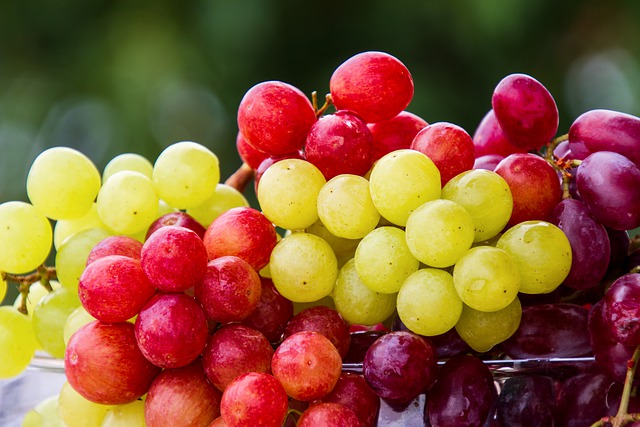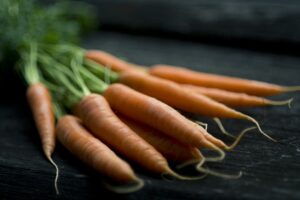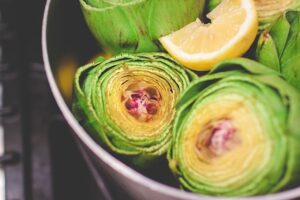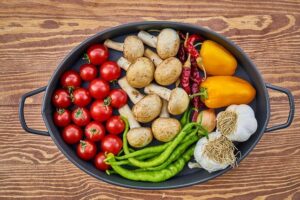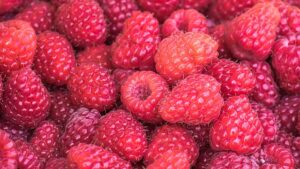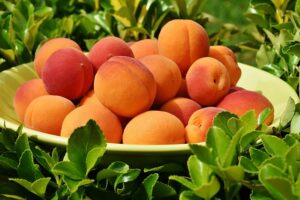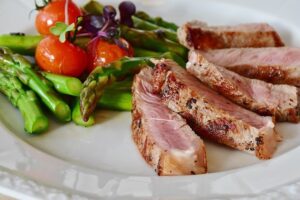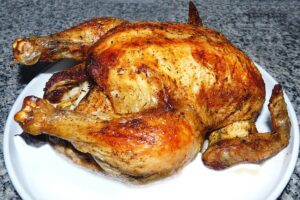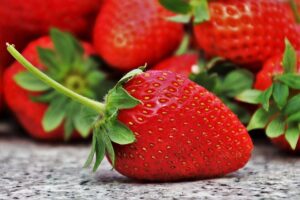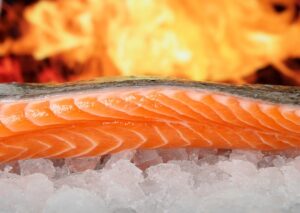Introduction
When it comes to nutrition and fitness, protein is often considered one of the most important macronutrients. It plays a crucial role in building and repairing tissues, supporting immune function, and maintaining overall health. But what does 200g of protein actually look like? In this article, we will dive deeper into this topic and explore different sources of protein to help you visualize what this amount of protein entails.
Protein Sources
Animal Sources: Animal-based foods are rich in protein and can be an excellent source for those following a non-vegetarian or non-vegan diet. Some common animal sources of protein include chicken breast, lean beef, fish, eggs, and dairy products. To reach 200g of protein, you might consume around 800g of chicken breast, 250g of lean beef, or 1 liter of milk.
Plant Sources: Plant-based protein sources are ideal for vegetarians and vegans. Foods such as legumes (beans, lentils, chickpeas), tofu, tempeh, seitan, quinoa, and certain nuts and seeds are great options. To achieve 200g of protein, you might consume around 700g of cooked lentils, 500g of tofu, or 250g of quinoa.
Meal Examples
Breakfast: A protein-rich breakfast could consist of 3 scrambled eggs (21g protein), 2 slices of whole-grain toast with peanut butter (8g protein), and a cup of Greek yogurt (23g protein). This combination alone provides approximately 52g of protein.
Lunch: For lunch, you could have a grilled chicken breast (54g protein), a cup of cooked quinoa (8g protein), and a side salad with mixed greens, cherry tomatoes, and sliced almonds (5g protein). This meal would contribute around 67g of protein.
Dinner: A dinner option might include a salmon fillet (40g protein), a cup of cooked brown rice (5g protein), and a serving of steamed broccoli (4g protein). This dinner would provide approximately 49g of protein.
Snacks: Snacks can also contribute to your daily protein intake. For example, a small handful of almonds (6g protein), a protein bar (20g protein), and a cup of edamame beans (17g protein) would add up to 43g of protein.
Conclusion
To achieve a daily protein intake of 200g, it is essential to incorporate a variety of protein sources into your meals and snacks throughout the day. Animal-based and plant-based proteins can both contribute to reaching this goal, allowing individuals with different dietary preferences to meet their protein needs. Remember to consult with a healthcare professional or registered dietitian to determine the appropriate protein intake for your specific needs and goals.
References
– Mayo Clinic: mayoclinic.org
– Healthline: healthline.com
– Academy of Nutrition and Dietetics: eatright.org
– National Institutes of Health: nih.gov

